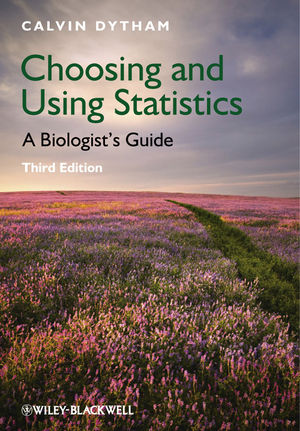|
Textbook
Choosing and Using Statistics: A Biologist's Guide, 3rd EditionWiley-Blackwell
 This product is not currently available for purchase from this website.
For customer care, special sales, or to find your rep, please visit our Contact Us page. |



